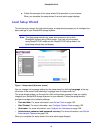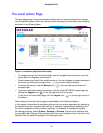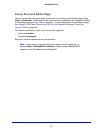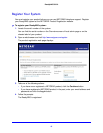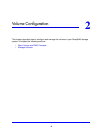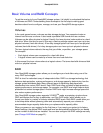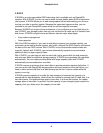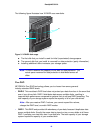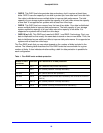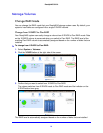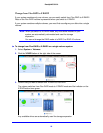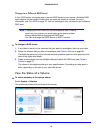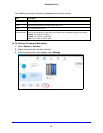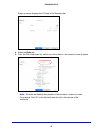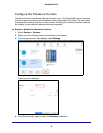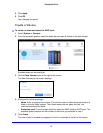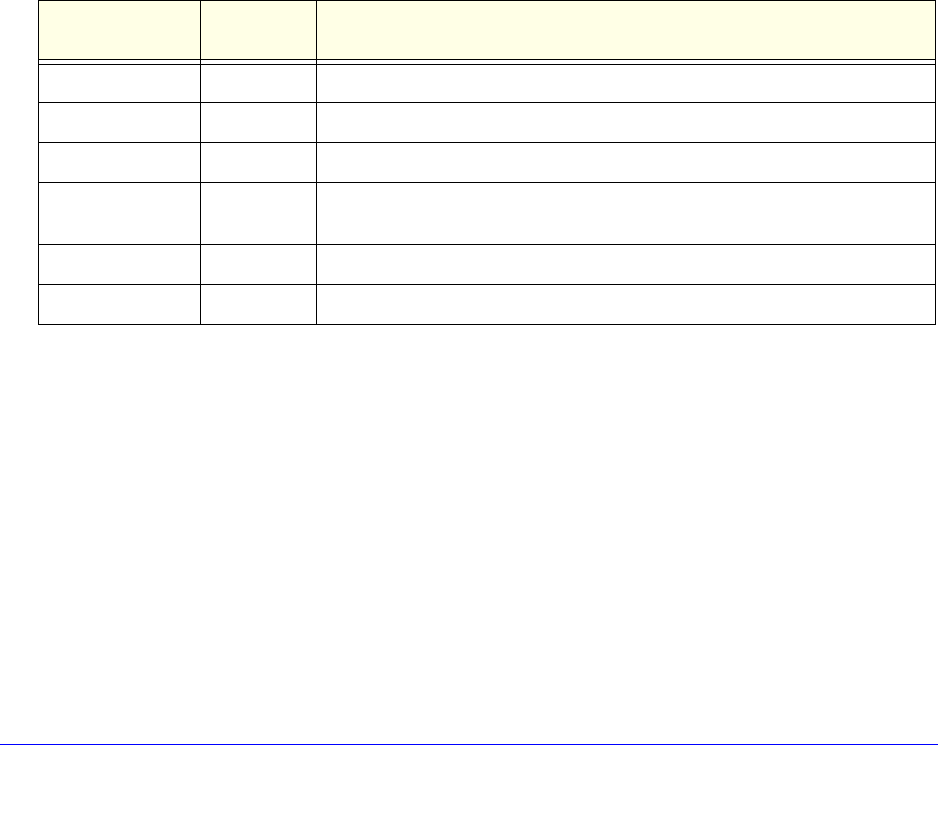
20
ReadyNAS OS 6.0
• RAID 5. This RAID level also provides data redundancy, but it requires at least three
disks. RAID 5 uses the capacity of one disk to protect you from data loss if one disk fails.
Your data is distributed across multiple disks to improve disk performance. The total
capacity of your storage system equals the capacity of all your disks minus the capacity
of one disk. It is supported on systems with at least four drive bays.
• RAID 6. This RAID level can recove
r from the loss of two disks. Your data is distributed
across multiple disks to improve disk performance. The total capacity of your storage
system equals the capacity of all your disks minus the capacity of two disks. It is
supported on systems with at least four drive bays.
• RAID 10
(or 1+0). This RAID level uses both RAID 1 and RAID 0 technology. First, your
data is duplicated so that exactly the same data is stored on two or more disks. Then, the
data is distributed across additional disks to improve disk performance. It is supported on
systems with at least four drive bays.
The Flex-RAID levels that you can select depend o
n the number of disks included in the
volume. The following table describes the Flex-RAID levels that are available for a given
number of disks. It also indicates whether adding a disk for data protection is possible for
each configuration.
Table 1. Flex-RAID levels and data protection
Number of Disks
per Volume
RAID Level Can I add a disk to for data protection?
1 RAID 1 Yes. (Additional disk provides redundancy.)
2 RAID 1 No. (Volume protection is already redundant.)
2 or more RAID 0 No. (RAID 0 does not offer protection.)
3 or more RAID 5 Yes. (Additional disk provides dual redundancy and converts the volume to
RAID 6
.)
4 RAID 10 No. (Volume protection is already redundant.)
4 or more RAID 6 No. (Volume is already protected with dual redundancy.)



